The Kruger National Park – Magnificent or Mediocre?
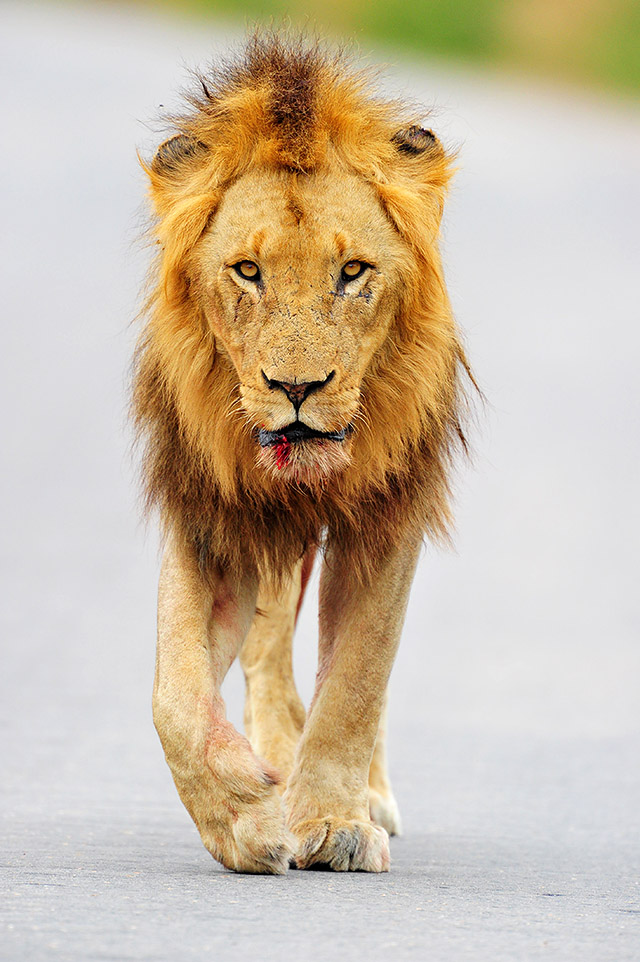
Anima-Mundi is a wildlife photography magazine that we enjoy reading. It has some excellent articles and wonderful photographs – unusual photographs, especially the close-up wide-angles of reptiles.
The articles are generally written by experts who have visited the focus areas many times over.
In issue ten, however, we read an article “A critical look at Kruger National Park. THE SAND RIVERS - Does one of South Africa’s - and indeed the world’s most famous nature reserves live up to its glorious reputation?”
As the heading says, the article is a basically criticising the Kruger National Park and if readers of the article were intending to visit the Kruger they would most probably decide not to go!
We have spent over 500 days and nights on photo safaris in the Greater Kruger Park and think it is one of the most magnificent national parks in the world. Hence we felt compelled to answer this critical article and put some of the criticisms into perspective.
The authors seem to be in two minds – they often praise the park and then throw in a ‘but’ or ‘however’ countering the good point.
After reading the whole article I think most readers would have a negative view of the park as the negatives seem to far outweigh the positives so I hope this article will restore the well-deserved prestige that the Kruger National Park has earned over the past 100 years as one of the world’s premier wildlife photography destinations.
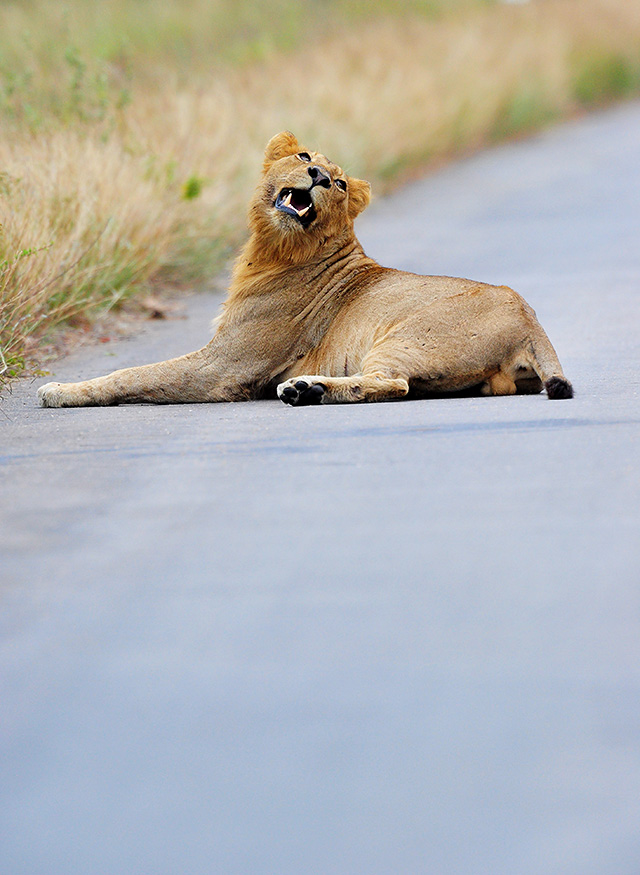
Following are some of the author’s statements with our corresponding comments:
“No self-respecting wildlife enthusiast and photographer should leave South Africa without having visited the Kruger National Park or one of the private reserves along its borders… However, as we shall see, there are a few problems”...
“but if they desire to use their own car they can only travel around in a closed (not open-topped) vehicle and must stick to the roads, with no exception” – we enjoy the Kruger self-drive experience and staying in a closed vehicle is good – for visitor’s safety! We also would not want to leave our expensive photo gear in an open vehicle. Should a visitor want to experience an open-topped game drive then they can visit one of the private reserves.
We have traveled in open safari vehicles, closed safari vehicles and in our own closed Toyota 4x4 and each one has its pros and cons – there is no ‘better’ vehicle. The summers can get extremely hot and dusty so being in a closed vehicle with an air conditioner while driving is definitely a plus!
“For those unwilling to use their own car, the government lodges offer group game drives in large, open truck-like vehicles - rather expensive and not ideal for the serious wildlife photographer”. We agree – the large 20-seater vehicles are not good for serious photographers and so we rather use our own vehicle. If you enjoy photographing at night then you would need to go on a night drive but there are also the smaller 10-seater vehicles, and at some camps, such as the bushveld camps, you can photograph from your chalets by day or night.
“being forced to miss a good shot because there’s no way to get a bit closer to the subject or to view it from another angle can be very unpleasant”. That is the challenge of the Kruger and many other national parks! Good photographers will make the most of each situation and sometimes you will miss the shot but there are always other opportunities such as shooting animalscapes. Photography is not an ‘easy’ hobby or profession!
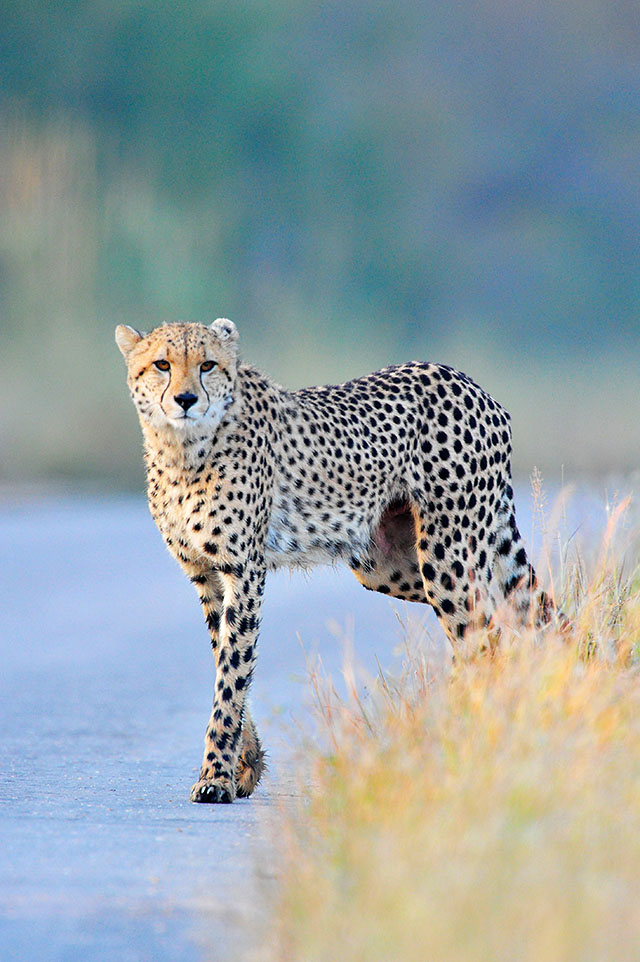
“but the fact that one is forced to stick to the tarred road and to stay inside a closed vehicle gives to the whole experience a rather unpleasant, artificial aftertaste” The Kruger National Park has 900 kilometers of tar roads and 2100 kilometers of dirt roads - if visitors don’t like the tar they have double the amount of dirt roads to travel on. In addition visitors can get out their vehicles at picnic sites, most viewpoints, certain bridges and at the bird hides.
“as the only wildlife which can clearly be viewed at all times is that which is actually crossing the road or staying in close proximity to it. Most casual visitors are perfectly satisfied to click a snapshot of a lion lying on the tarmac, but we are not!” We have captured clear photographs of leopards in trees, lions on termite mounds and cheetahs on dead trees or signs – if you have patience and understand animal behaviour you should be able to get clear shots in and off the roads.
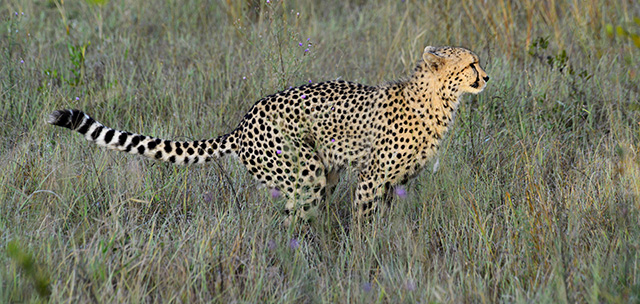
But - it seems that when it suits the author, he will photograph a tiger crossing a road in India with an ugly telephone pole in front of the tiger and an even uglier yellow stick behind it and post this wonderful image on Facebook.
I guess it's just the Kruger Park that he dislikes and is biased against...
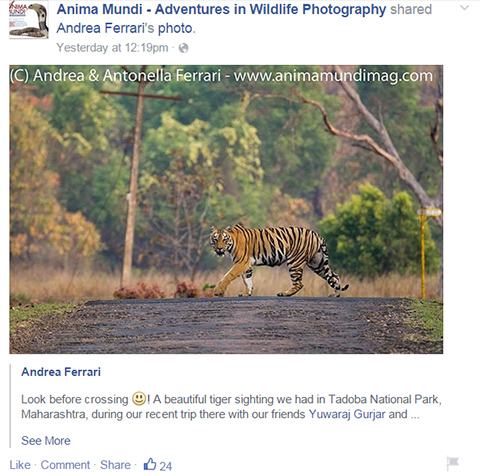
“crowds of noisy and rather disinterested-looking visitors which rapidly converge on the site of a sighting.” – if the serious photographers leave the camps at opening time (before sunrise) they will miss the crowds and will also get the magic golden light.
Have you seen how the safari vehicles in the Serengeti and Masaai Mara 'rapidly converge around sightings...??!! We would rather be in the Kruger Park, which is still one of the best safari parks in the world!
“Kruger National Park itself is relatively affordable, easily
reached and even more easily driven around, but in our experience it seems to be lacking that extra touch in
atmosphere or wildlife encounters that other, less well-promoted destinations
offer today. – the southern Kruger
can get busy and the larger camps, such as Skukuza, Satara and Lower Sabie can
seem like a shopping mall but for those who want a more ‘wilderness’ experience
there are the seven bushveld camps spread throughout the park and the wild
north – Shingwedzi to Punda Maria and the Makuleke Concession.
“inside the private reserves… spectacular close-up portraits of lions, leopards and rhinos are virtually guaranteed,” – nothing is guaranteed in the wild! We have sometimes seen the big-five or super-seven animals in one morning on a Kruger self-drive safari and while on another occasion we stayed for 3 nights at a private lodge and did not seen one predator!
Even in the famous Sabi Sand reserve predators are not guaranteed – we went on 6 game drives at one lodge and had leopard sightings on just 2 of the drives. At another Sabi Sand lodge we didn't see one lion in six game drives – "guaranteed"!?
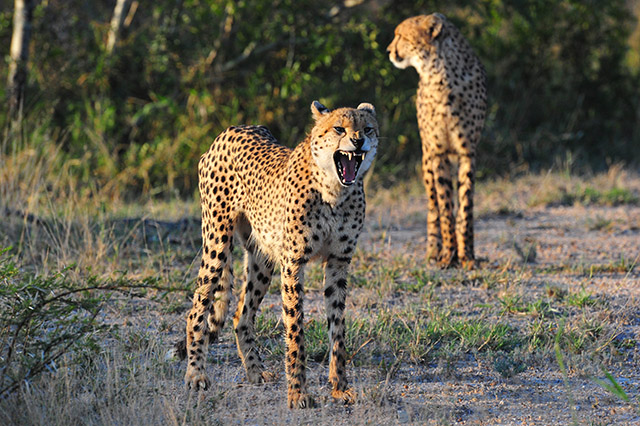
“the idea of photographing a human-habituated animal from the safety of a car is a bit of a cheat” – We would think that the lions that lie under vehicles and the cheetahs that climb onto the vehicles in the Serengeti and Masaai Mara are more human-habituated than the big cats in the Kruger National Park?
“visiting one of the many private reserves of the Greater Kruger is the only sensible choice for a seriously motivated wildlife photographer” – We have captured some of our best photographs while on self-drive safaris in the Kruger. The trick is knowing the animal hot-spots, using the sighting boards, speaking to other visitors and knowing a bit about animal behavior. You do not have to spend a fortune on a private reserve in order to find and photograph the Kruger’s predators and other amazing animals.
We have been on over 100 guided safaris and experienced many different field guides. We put them in three categories - the good, the bad and the ugly! 75% of the field guides we experienced were terrible while just 25% were great and we are grateful for those that fall into the 25% - they are professional, caring and client-focused. Keep in mind that these are mostly guides at the expensive five-star lodges where you would think the staff members were of a higher calibre but it's not the case!
“If that sounds like a tough deal, just remember most other National Parks in Africa do not even offer you the luxury of choosing between the two options.” – Quite right! But after reading the original critical article many people will say ‘why go to the Kruger National Park just because we have a choice of accomodation if the animals are so difficult to find and photograph’?!
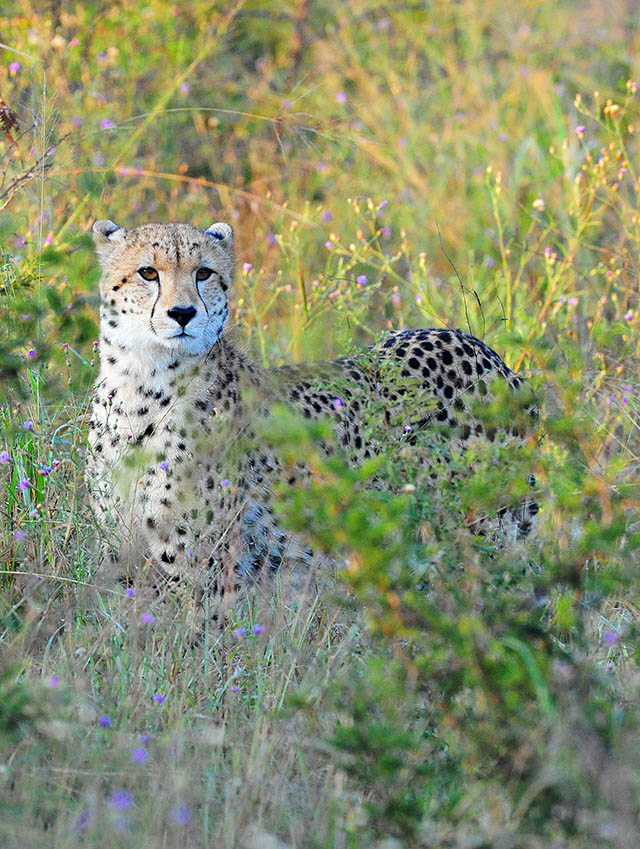
“the truly great shot eluded us… it’s a matter of luck - and in the Kruger luck apparently counts more than it does in most other places, which is not necessarily good news for a wildlife photographer.” – When we first started visiting all the national parks we struggled to find animals – on our first two trips to Etosha we did not see one cat and it took us 3 years to eventually get a decent photograph of the resident Halali leopard!
And for our first five years of visiting the Kruger we did not see one leopard but that was because of our inexperience. We did not use the sighting boards correctly, did not chat to other people and did not understand animal behaviour - we did not blame the parks!
Since then, we have had 104 leopard, 181 lion, 34 wild dog and 38 cheetah sightings in the Kruger National Park while on self-drive safaris. These are not individual animals but separate sightings, so if we find a pride of 20 lions, that is 1 sighting.
We have also seen many rhinos, elephants and buffalos and lost count of our sightings!
We have also not counted the predators we have seen while on guided game drives at the private lodges in the Kruger concessions or in the Sabi Sand, Manyeleti and other reserves.
After Gary Player won a PGA tournament, rumours of his ‘lucky play’ were circulating the clubhouse and a reporter asked him to comment on this. Player summed up his feelings about luck by saying:
“Sure I'm lucky, and the more I practice the luckier I get!”
Yes, the key to dramatically improving your “luck? is practice and preparation! A person cannot visit a park once or even twice and then think they are an 'expert'.
If we were to visit Yellowstone National Park in the USA it would take us at least half a dozen visits over a few years to get to know the animals and their habits. In addition we would purchase a few books / eBooks in order to educate ourselves.
Knowledge is power and as first-time visitors we would need to 'catch-up' on the specifics of Yellowstone in order to be capturing good photographs from our first visit - we would not go in 'blind'!
Only then could provide authoritative advice to other people, but not after two visits and staying outside the park.
|
Should you wish to get the Kruger eBook, click on the above book cover, then click 'Add to Cart' where you'll see a button called 'Add Promo Code'. Click on it then add the word K2K and the 33% discount will be automatically applied. This code is valid until the end of the month, so don't delay! |
"This is an indispensable guide to getting the best out of Kruger, camera in hand or not!” - Caroline Webb, Associate Editor, Getaway Magazine, South Africa 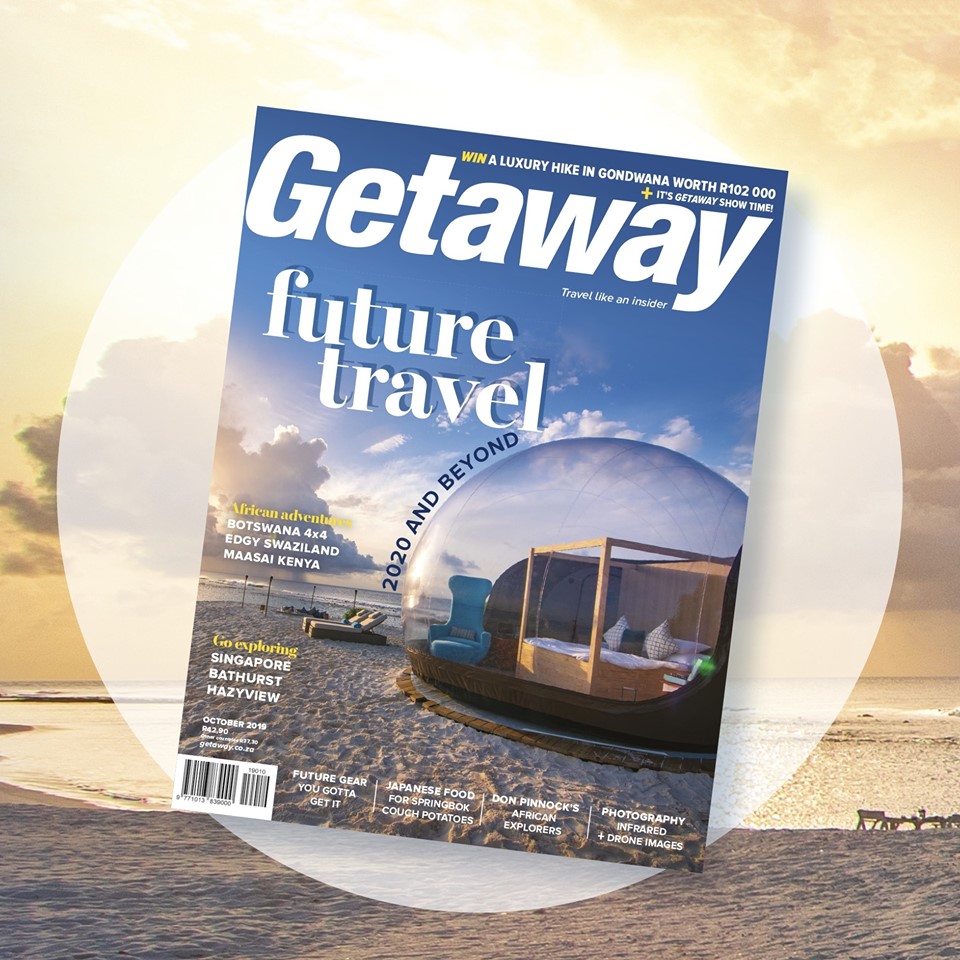 |
I emailed the author and here is his comment:
“We have been to Kruger twice - during our most recent visit we covered a total of 4000 kms in 11 days without ever seeing a lion, cheetah, hunting dog, hyena or black rhino. A disaster for us as we were putting together our article for ANIMA MUNDI.
We only had two leopards (very bad, quick sightings) and nothing else. And we were also based very far away from the gate, so it took us one hour driving every morning just to be at the gate. Bad planning, bad driver and bad luck, I guess, but we couldn't afford anything better.”
I think herein lies the answer – the authors stayed far away from the gate so what time did they arrive at the gate each morning? The predators are most active early morning and late afternoon.
In addition they were travelling an average of 363 kms per day! Finding animals in the Kruger National Park is not a matter of how far a visitor drives each day but using the available tools such as sighting boards and knowing animal behaviour.
Maybe they should have invested in one of the many Kruger self-drive books that are available, which would have provided many hints and tips on how to find exciting subjects in the Kruger Park. The person is a professional photographer so he knows how to capture good images but, as we stress in our books and articles, if you don't know how and where to find the subjects you'll have nothing to photograph!
Did they even have a plan to find certain animals? Maybe they should have done some homework before coming to the park - maybe even bought a book or two? Education/research is priceless!
I’m sure that had the authors stayed in the park and left camp as the gate opens they would have had a great experience. I think the author summed it up when he said ‘bad planning and bad driver’ which led to their ‘bad luck’. Why then take their frustration out on the Magnificent Kruger National Park?
If you would like to read the whole Anima Mundi Kruger Park article you can download issue ten here
What did You think of the images on this page?
They were all captured on a previous 10-day trip to the Greater Kruger Park and were taken inside the park on the way to or from private lodges in concessions within the Kruger National Park or game reserves outside the park.
Of the 10 days, we spent only one night in the park - the rest of the time we were at a concession or staying outside and yet we still saw 3 of the big cats while self-driving, without trying too hard to find them!
If we had not seen these 3 big cats would our trip have been a 'disaster'? Definately not! In addition to the big cats we capture images of...
- Wildflowers of the Kruger National Park
- Landscapes of the Kruger National Park
- Kruger Park Sunrises and Sunsets
- Animalscapes of the Kruger National Park
- Rare animals of the Kruger National Park
- Birds of the Kruger National Park
- Bird Interactions in the Kruger National Park
- The Kruger National Park at Night
- Insects, spiders & scorpions of the Kruger National Park
- Reptiles of the Kruger National Park
- Silhouettes of the Kruger National park
- High-key & Low-key images of the Kruger National Park
- Capturing animal interactions on your Kruger safari
- it's not just about predators!
We entered the Kruger National Park at 06h15, just after the gates had opened and we found the male lion walking in the road near Tshokwane. About five kilometers past Tshokwane we found the young male lion lying in the road with his mate lying in the grass. It was a no-brainer - rather shoot the lion in the road and not the one hidden by grass! (We don't mind having the road in the image - the road is there whether we like it or not so we make the most of the situation).
We arrived at the private lodge (Imbali) and stayed there for three days without seeing another predator - that's the way the bush goes!
We left Imbali Lodge after breakfast and spent one night at Skukuza. We left Skukuza just after the gates opened the following morning and found the three cheetahs in the road.
OK, so you don't like photographs of animals in the road - then just wait until they go off the road into the grass! We captured the next three shots of the one cheetah running through the grass, then posing in purple flowers and the other two posing while one yawned - all off the road!
We left the Kruger National Park and travelled up to Manyeleti and then on to makuya game reserve, which borders the Kruger along the Luvuvu river in the far north. We stayed three nights at Mutale Falls camp, which is part of the African Ivory Route.
We left Mutale Falls at 05h00 in order to exit Makuya by 06h30 and reached the Pafuri gate at 07h10. When we reached the Luvuvu Bridge we slowed down and were rewarded with the leopard that crossed the road in front of us and then posed for a few seconds before disappearing into the bush.
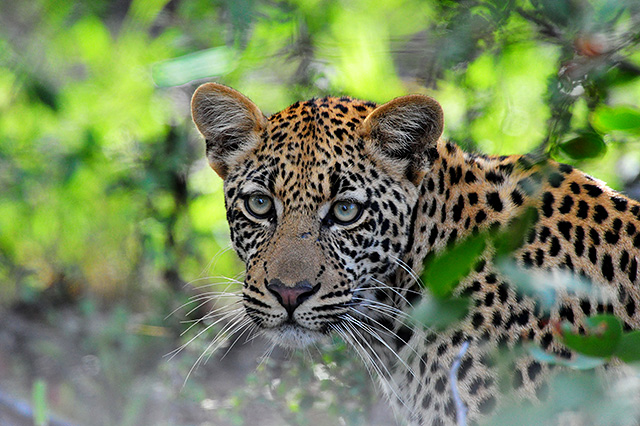
Were we 'lucky' to get these shots in the Kruger National Park?
I don't think so. We know that the cats are most active early morning so we left home at 01h30 in order to reach the Paul Kruger Gate by opening time. We got two lion sightings.
We then left Skukuza at 06h10 and got the cheetah sighting. (If you stay in the park you can sleep in a bit longer!)
And lastly we left Mutale Falls at 05h00 in order to get to the Kruger just after sunrise and we were rewarded with a leopard sighting.
The more you prepare and practice the 'luckier' you will get!
The magnificent Kruger National Park provides superb opportunities for those wildlife photographers (whether amateurs or professionals, 'true world travelers' or first-time adventurers, publishers of no books or 100 books) who do some research before visiting, discipline themselves to get up early (especially if they are staying outside the park!), use the sighting boards, read books to increase your knowledge about photography and the flora & fauna, speak to other people in the park, and drive slowly!
Return from Kruger National Park to Kruger Park page
To make a safari rental booking in South Africa, Botswana or Namibia click here
"It's 768 pages of the most amazing information. It consists of, well, everything really. Photography info...area info...hidden roads..special places....what they have seen almost road by road. Where to stay just outside the Park...camp information. It takes quite a lot to impress me but I really feel that this book, which was 7 years in the making, is exceptional." - Janey Coetzee, founder of CAROK (Camps and Roads of Kruger) South Africa
"Having a passion for the region itself and having to know about all dynamics, water holes and ideal roads for a period of 6 years - I wish I had this guide on my first trip already!" - Morkel Erasmus, Secunda, South Africa
"Mario and Jenny take you to places that are not always visited, and their descriptions of the more remote camps will allow you to make an informed decision without wasting time and money" - Bob & Sherry Shepardson, DeBary, Florida, USA
"Your time and money are valuable and the information in this book will help you save both." - Don Stilton, Florida, USA
"I highly recommend the book to anyone visiting Etosha National Park to photograph the animals - or anyone considering an African photography safari in the future." - Anne Darling, Cognac, France
"As a photographer and someone who has visited and taken photographs in the Pilanesberg National Park, I can safely say that with the knowledge gained from this eBook, your experiences and photographs will be much more memorable." - Alastair Stewart, BC, Canada
"This work is so much more than an eBook, because it is also a guide, a tutorial, an inspiration and a must-have for anyone interested in wildlife photography" - Findtripinfo.com, USA
Photo Safaris on a Private Vehicle - just You, the guide & the animals!
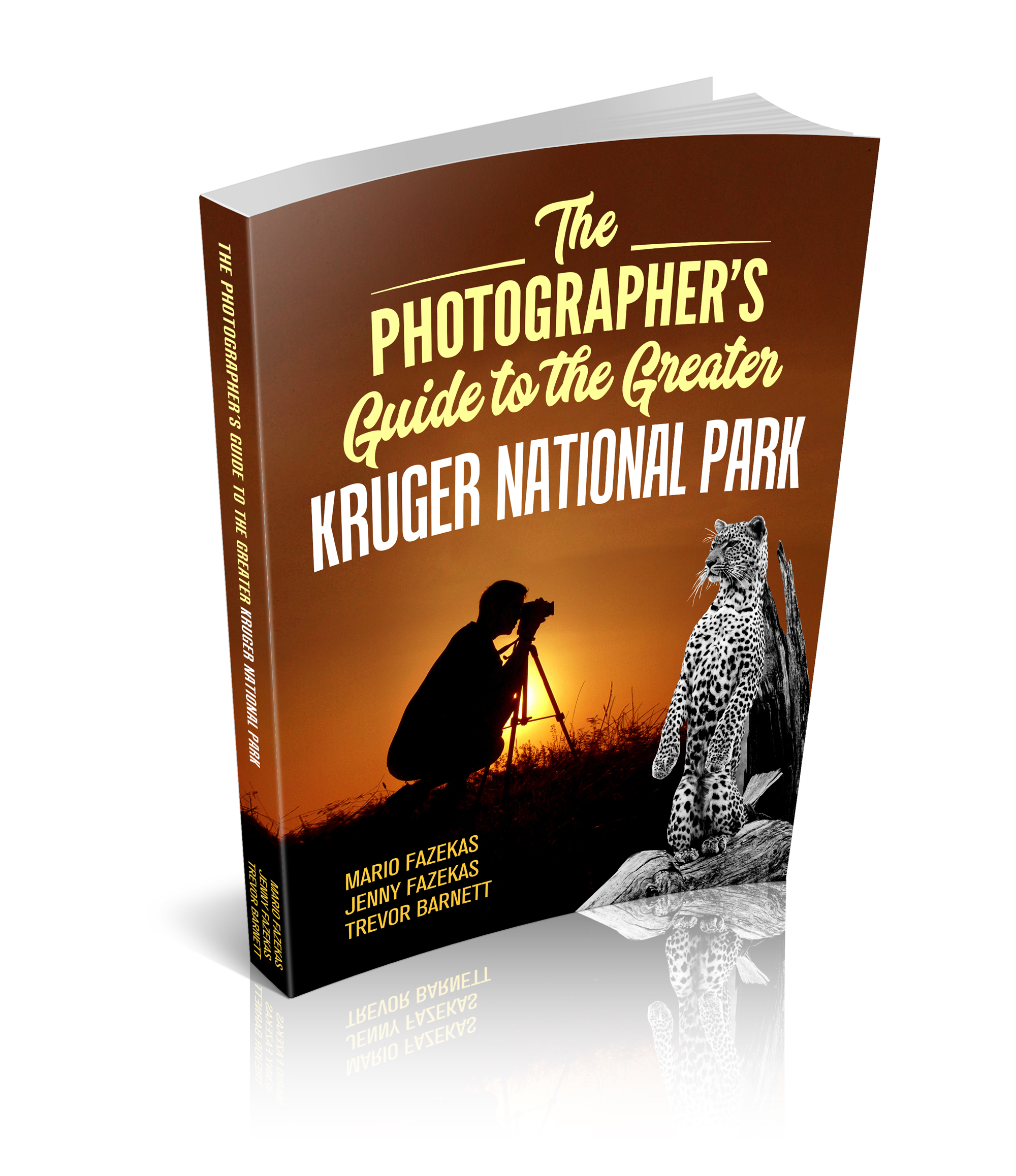









New! Comments
Have your say about what you just read! Please leave us a comment in the box below.